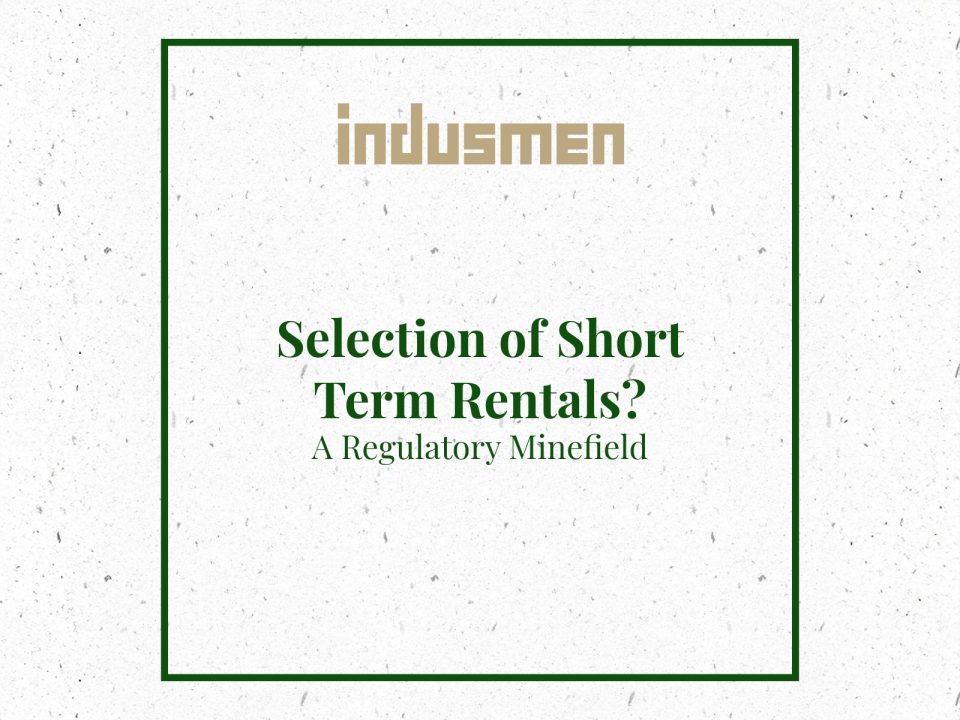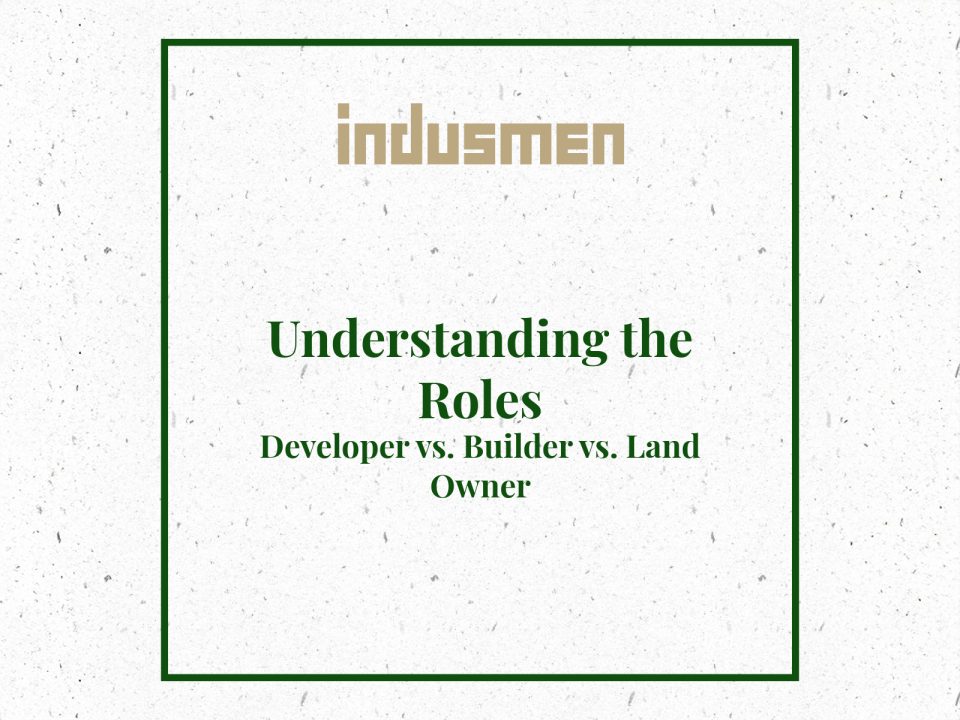
Moving an rental into an LLC
May 5, 2025
Useful Home Inspection Links
May 18, 2025Here’s a reader-friendly summary article explaining the different types of HVAC systems based on your content:
Understanding the Different Types of HVAC Systems
Heating, Ventilation, and Air Conditioning—commonly known as HVAC—are essential components of any home or building. These systems regulate indoor temperature and air quality, ensuring comfort year-round. Since HVAC installations are complex and often expensive to replace, it’s important for homeowners and homebuyers alike to understand how they work and what to look for.
Heating Systems
Heating is the “H” in HVAC and can come in several forms, each with its own mechanics and advantages.
1. Hot Water and Steam Systems
-
Hot Water Heating: Uses a boiler to heat water, which then circulates through radiators or baseboard units.
-
Steam Heating: Also uses a boiler, but heats steam instead. It's efficient in producing a lot of heat quickly and is still found in older homes.
2. Forced Air Systems
-
These systems heat air using natural gas or oil and distribute it through ducts with a blower.
-
A central AC system can share the same ductwork.
-
Downsides include allergens being circulated if ducts are not well maintained.
3. Electric Heating
-
Often used in baseboard or wall-mounted units.
-
More expensive to operate but ideal for small spaces or homes without ductwork.
4. Radiant Heating
-
Delivers heat through tubes in floors, walls, or ceilings using electricity, steam, or hot water.
-
Provides even warmth and comfort without blowing air.
5. Furnaces
-
Available in gas, oil, or electric models.
-
Gas furnaces are efficient and don’t require fuel storage.
-
Oil furnaces need regular deliveries and pose environmental concerns due to storage tanks.
-
Electric furnaces are less efficient and mainly found in older homes.
Heat Pump Systems
Heat pumps can heat and cool your home using electricity and are more energy-efficient than many traditional systems.
-
Air Source Heat Pumps: Transfer heat between the indoor and outdoor air. They work best in moderate climates.
-
Ground Source (Geothermal) Heat Pumps: Use the earth’s consistent underground temperature to regulate indoor climate. These systems are efficient but may struggle in extreme winter conditions when the surrounding soil freezes.
Ventilation Systems
Ventilation is the “V” in HVAC, responsible for removing stale air and bringing in fresh air.
-
Typically uses central exhaust fans placed in attics or basements to minimize noise.
-
Vents are installed in high-odor or high-humidity areas like kitchens and bathrooms.
-
These systems help maintain indoor air quality and prevent moisture buildup.
Red Flags for Homebuyers
When inspecting a property, check:
-
If the HVAC system works properly
-
Whether it has been regularly serviced (filters, ducts cleaned)
-
Its energy efficiency rating
Air Conditioning Systems
Air conditioning is the “AC” in HVAC, and it plays a vital role in keeping indoor environments cool and comfortable during warmer months. At the heart of any air conditioning system is a process that involves a liquid refrigerant, an evaporator, a compressor, and a condenser. These parts work together to absorb heat from the indoor air and release it outside.
Here’s how it works: the evaporator extracts heat from the indoor air and transfers it to the refrigerant. The compressor then moves this heated refrigerant through the system. Once it reaches the condenser, the refrigerant is cooled and converted back into a liquid. This cycle continues, efficiently removing heat from inside the home. The refrigerant used must be non-toxic and nonflammable, such as Freon®.
Because central air conditioning systems often share ductwork with forced-air heating systems, it's both cost-effective and convenient to install or upgrade both systems at the same time.
Types of Condensers
The type of condenser used determines whether an air conditioning system is air-cooled, water-cooled, or a combination of both.
-
Air-cooled systems use a fan (or natural airflow) to move air across a coil that cools the refrigerant. These systems are typically found in smaller residential units.
-
Water-cooled systems circulate water through internal coils to cool the refrigerant. These are more common in mid-sized units and may be located indoors or outdoors.
-
Evaporative condensers combine both air and water to cool the refrigerant. They are less common but can be used in systems requiring higher cooling capacity.
Each type has its advantages based on the size of the unit, available space, and climate conditions.
System Life Expectancy
While HVAC systems are built to last, no equipment lasts forever. Regular maintenance can help, but it's good to be aware of typical life expectancies:
-
Central air conditioning units: ~15 years (newer models may last longer)
-
Rooftop air conditioners: ~15 years
-
Boilers (hot water or steam): ~30 years
-
Gas- or oil-fired furnaces: ~18 years
-
Unit heaters (gas or electric): ~13 years
-
Radiant heaters (electric): ~10 years
-
Radiant heaters (hot water or steam): ~25 years
-
Baseboard systems: ~20 years
Understanding these timelines can help with budgeting for upgrades and making smart decisions when buying or renovating a home.
In summary, knowing about the HVAC system helps you strategize better for your investments/analysis



